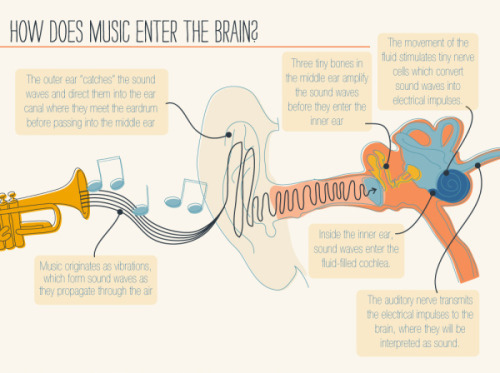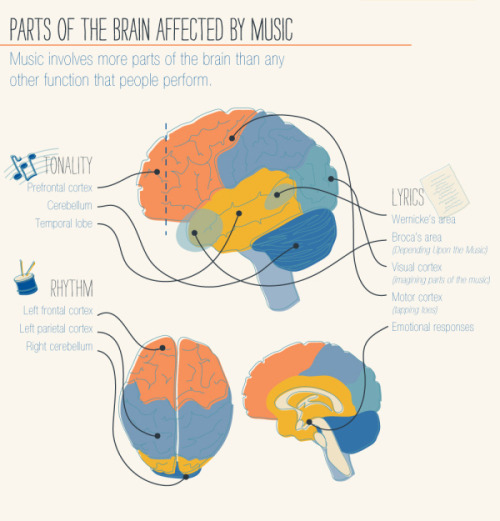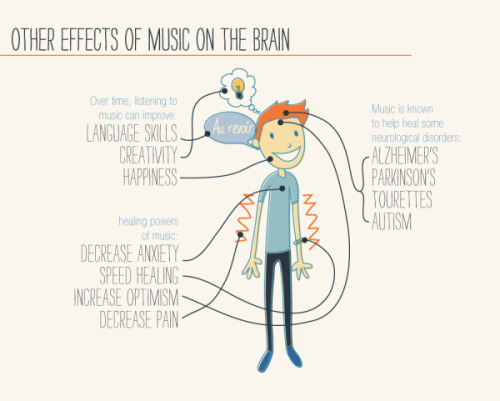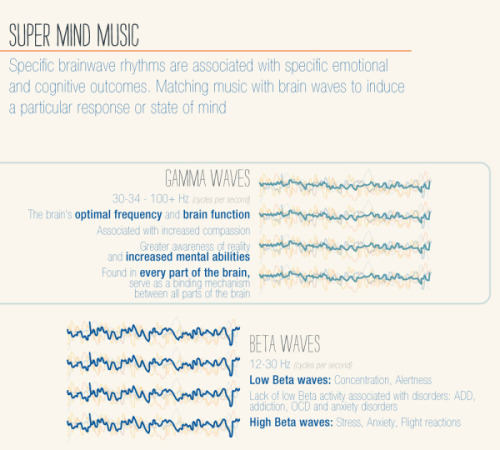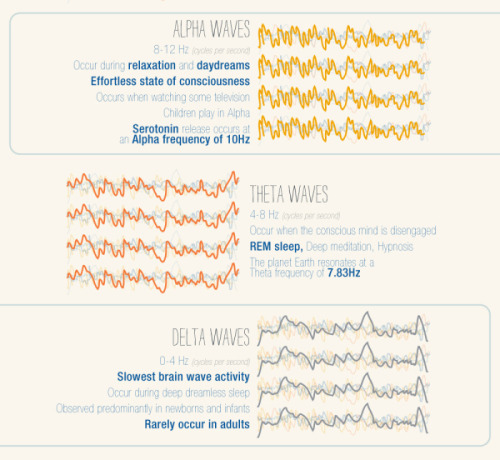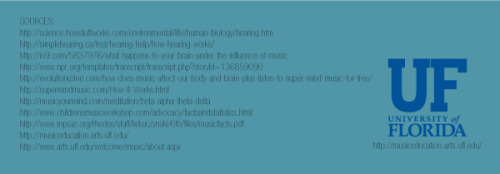Complement Pathways
Complement Pathways

Components of complement pathways of the immune system.
Classical Pathway: binds to the pathogen surface
C1 binds to phosphocholine on bacteria, which activates C1r to cleave C1s.
Activated C1s cleaves C4 to C4a and C4b.
C4b binds to the microbial surface and also binds C2.
C2 is cleaved to C2a and C2b by C1s, forming the C4bC2a complex.
The C4bC2a complex cleaves C3 to C3a and C3b.
C3b binds to the surface and causes opsonization.
MB-Lectin Pathway: uses mannin-binding lectin to bind to mannose-containing carbohydrates on the pathogen surface
Mannin-binding lectin (MBL) binds to the pathogen surface and activates MASP-2.
MASP-2 cleaves C4 to C4a and C4b.
C4b binds to the microbial surface and also binds C2.
C2 is cleaved to C2a and C2b by MASP-2, forming the C4bC2a complex.
The C4bC2a complex cleaves C3 to C3a and C3b.
C3b binds to the surface and causes opsonization.
Alternative Pathway: binds to the pathogen surface with spontaneously activated complement, amplifies C3b
C3b deposited by the C3 convertase binds to factor B.
Factor B is cleaved by factor D into Ba and Bb, forming the C3bBb complex.
The C3bBb complex cleaves C3 into C3a and C3b.
C3 spontaneously hydrolyzes to C3(H2O).
C3(H2O) binds to factor B, and factor D cleaves factor B.
Upon factor B cleavage, the C3(H2O)Bb complex is formed.
The C3(H2O)Bb complex cleaves C3 into C3a and C3b.
Factor B binds to C3b on the surface and is cleaved to Bb.
More Posts from Contradictiontonature and Others

Today is World Blood Donor Day – here’s a look at some blood chemistry! More info/high-res image: http://wp.me/s4aPLT-blood


A special organic dye, Nile Red in different solvents.
From left to right I dissolved equal amounts of Nile Red (a dye) in different solvents. The solvents were: methanol, diisopropyl ether, hexane, n-propanol, tetrahydrofuran, toluene, ethanol, acetone.
Depending on the solvents polarity, the dye dissolved to give different colored solutions (upper image), this is called solvatochromism. It is the ability of a chemical substance to change color due to a change in solvent polarity.
Under UV light, these solutions emitted different colors (bottom pics), this is called solvatofluorescence. The emission and excitation wavelength both shift depending on solvent polarity, so it fluoresces with different color depending on the solvent what it’s dissolved in.
Nile Red is a quite expensive dye, which costs a bit over 1000 USD/gram, therefore I had to make it. The purification of the raw material was posted HERE.
To help the blog, donate to Labphoto through Patreon: https://www.patreon.com/labphoto

Science Fact Friday: Tetrodotoxin, ft. a small gif because I’m avoiding my real obligations. Why does tetrodotoxin not affect its host? More studies need to be done but at least a few species possess mutated sodium ion channels. The tetrodotoxin can’t interact efficiently with the altered channels.
Another interesting tidbit: Animals with tetrodotoxin can lose their toxicity in captivity. It is suspected that the animals accumulate the toxic bacteria as a side-effect of their diet. After several years of captivity on a tetrodotoxin-bacteria-free diet, the bacterial colonies living in the animals die, residual toxin is cleared from the system, and the animal is safe to handle.




Solidification of liquid Gallium
Gallium is a chemical element with symbol Ga and atomic number 31. Gallium is a soft, silvery metal, and elemental gallium is a brittle solid at low temperatures, and melts at 29.76 °C (85.57 °F) (slightly above room temperature). Elemental gallium is not found in nature, but it is easily obtained by smelting.
Gallium metal expands by 3.1% when it solidifies, and therefore storage in either glass or metal containers are avoided, due to the possibility of container rupture with freezing. Gallium shares the higher-density liquid state with only a few materials, like water, silicon,germanium, bismuth, and plutonium.
Giffed by: rudescience From: This video
Thorny life of new-born neurons
Even in adult brains, new neurons are generated throughout a lifetime. In a publication in the scientific journal PNAS, a research group led by Goethe University describes plastic changes of adult-born neurons in the hippocampus, a critical region for learning: frequent nerve signals enlarge the spines on neuronal dendrites, which in turn enables contact with the existing neural network.

Practise makes perfect, and constant repetition promotes the ability to remember. Researchers have been aware for some time that repeated electrical stimulation strengthens neuron connections (synapses) in the brain. It is similar to the way a frequently used trail gradually widens into a path. Conversely, if rarely used, synapses can also be removed – for example, when the vocabulary of a foreign language is forgotten after leaving school because it is no longer practised. Researchers designate the ability to change interconnections permanently and as needed as the plasticity of the brain.
Plasticity is especially important in the hippocampus, a primary region associated with long-term memory, in which new neurons are formed throughout life. The research groups led by Dr Stephan Schwarzacher (Goethe University), Professor Peter Jedlicka (Goethe University and Justus Liebig University in Gießen) and Dr Hermann Cuntz (FIAS, Frankfurt) therefore studied the long-term plasticity of synapses in new-born hippocampal granule cells. Synaptic interconnections between neurons are predominantly anchored on small thorny protrusions on the dendrites called spines. The dendrites of most neurons are covered with these spines, similar to the thorns on a rose stem.
In their recently published work, the scientists were able to demonstrate for the first time that synaptic plasticity in new-born neurons is connected to long-term structural changes in the dendritic spines: repeated electrical stimulation strengthens the synapses by enlarging their spines. A particularly surprising observation was that the overall size and number of spines did not change: when the stimulation strengthened a group of synapses, and their dendritic spines enlarged, a different group of synapses that were not being stimulated simultaneously became weaker and their dendritic spines shrank.
“This observation was only technically possible because our students Tassilo Jungenitz and Marcel Beining succeeded for the first time in examining plastic changes in stimulated and non-stimulated dendritic spines within individual new-born cells using 2-photon microscopy and viral labelling,” says Stephan Schwarzacher from the Institute for Anatomy at the University Hospital Frankfurt. Peter Jedlicka adds: “The enlargement of stimulated synapses and the shrinking of non-stimulated synapses was at equilibrium. Our computer models predict that this is important for maintaining neuron activity and ensuring their survival.”
The scientists now want to study the impenetrable, spiny forest of new-born neuron dendrites in detail. They hope to better understand how the equilibrated changes in dendritic spines and their synapses contribute the efficient storing of information and consequently to learning processes in the hippocampus.

If you dropped a water balloon on a bed of nails, you’d expect it to burst spectacularly. And you’d be right – some of the time. Under the right conditions, though, you’d see what a high-speed camera caught in the animation above: a pancake-shaped bounce with nary a leak. Physically, this is a scaled-up version of what happens to a water droplet when it hits a superhydrophobic surface.
Water repellent superhydrophobic surfaces are covered in microscale roughness, much like a bed of tiny nails. When the balloon (or droplet) hits, it deforms into the gaps between posts. In the case of the water balloon, its rubbery exterior pulls back against that deformation. (For the droplet, the same effect is provided by surface tension.) That tension pulls the deformed parts of the balloon back up, causing the whole balloon to rebound off the nails in a pancake-like shape. For more, check out this video on the student balloon project or the original water droplet research. (Image credits: T. Hecksher et al., Y. Liu et al.; via The New York Times; submitted by Justin B.)

Organic Chemistry, Part 2/6
Reaction Mechanisms: Electrophilic addition to double bonds, SN2, SN1, E1, E2, and the decision tree







Next week: EAS, NAS, pericyclic reactions, Claisen rearrangements, and radical reactions!
Part 1
Most cones don’t really see color
We see color because of specialized light-sensing cells in our eyes called cones. One type, L-cones, sees the reds of strawberries and fire trucks; M-cones detect green leaves, and S-cones let us know the sky is blue. But vision scientists have now discovered that not all cones sense color (see video). The finding was made possible because, for the first time, scientists were able to look at individual photo-sensing cells.
-
 unadulteratedpandaperfection liked this · 3 years ago
unadulteratedpandaperfection liked this · 3 years ago -
 loveherallican-blog liked this · 4 years ago
loveherallican-blog liked this · 4 years ago -
 alexandridis701 reblogged this · 4 years ago
alexandridis701 reblogged this · 4 years ago -
 elliestudycorner reblogged this · 4 years ago
elliestudycorner reblogged this · 4 years ago -
 elliesmashingbooks liked this · 4 years ago
elliesmashingbooks liked this · 4 years ago -
 aviatowl liked this · 4 years ago
aviatowl liked this · 4 years ago -
 sarahmungly liked this · 4 years ago
sarahmungly liked this · 4 years ago -
 ashpee13 reblogged this · 4 years ago
ashpee13 reblogged this · 4 years ago -
 satoruart liked this · 4 years ago
satoruart liked this · 4 years ago -
 joeygrump reblogged this · 4 years ago
joeygrump reblogged this · 4 years ago -
 joeygrump liked this · 4 years ago
joeygrump liked this · 4 years ago -
 fencingthings liked this · 4 years ago
fencingthings liked this · 4 years ago -
 musclesciencemusic reblogged this · 4 years ago
musclesciencemusic reblogged this · 4 years ago -
 hnaomico liked this · 5 years ago
hnaomico liked this · 5 years ago -
 sophoklesworld liked this · 5 years ago
sophoklesworld liked this · 5 years ago -
 stephenking7 liked this · 5 years ago
stephenking7 liked this · 5 years ago -
 accoutrementsnstuff liked this · 5 years ago
accoutrementsnstuff liked this · 5 years ago -
 a-little-bit-of-lots-of-stuff liked this · 5 years ago
a-little-bit-of-lots-of-stuff liked this · 5 years ago -
 sentio283 liked this · 5 years ago
sentio283 liked this · 5 years ago -
 brbthrowingawaymyshot liked this · 5 years ago
brbthrowingawaymyshot liked this · 5 years ago -
 hellfirelove reblogged this · 5 years ago
hellfirelove reblogged this · 5 years ago -
 hellfirelove liked this · 5 years ago
hellfirelove liked this · 5 years ago -
 notgonnagetthisbaby liked this · 5 years ago
notgonnagetthisbaby liked this · 5 years ago -
 bbanghoseob liked this · 5 years ago
bbanghoseob liked this · 5 years ago -
 ghostofnathanhale liked this · 5 years ago
ghostofnathanhale liked this · 5 years ago -
 hufflinhope liked this · 5 years ago
hufflinhope liked this · 5 years ago -
 babare1 liked this · 5 years ago
babare1 liked this · 5 years ago -
 thelittleviolin liked this · 5 years ago
thelittleviolin liked this · 5 years ago -
 mega-egg-bitch liked this · 5 years ago
mega-egg-bitch liked this · 5 years ago -
 5dconstruction liked this · 5 years ago
5dconstruction liked this · 5 years ago -
 natalystudies liked this · 5 years ago
natalystudies liked this · 5 years ago -
 irusillusion liked this · 5 years ago
irusillusion liked this · 5 years ago -
 day-knight liked this · 5 years ago
day-knight liked this · 5 years ago -
 briefbreadqueen-2b23c3b5 liked this · 5 years ago
briefbreadqueen-2b23c3b5 liked this · 5 years ago -
 zytoniclus reblogged this · 5 years ago
zytoniclus reblogged this · 5 years ago -
 theresaaaa17 liked this · 5 years ago
theresaaaa17 liked this · 5 years ago -
 iomontecillo liked this · 5 years ago
iomontecillo liked this · 5 years ago -
 mspeverell7 liked this · 5 years ago
mspeverell7 liked this · 5 years ago -
 tiggertx liked this · 5 years ago
tiggertx liked this · 5 years ago
A pharmacist and a little science sideblog. "Knowledge belongs to humanity, and is the torch which illuminates the world." - Louis Pasteur
215 posts

